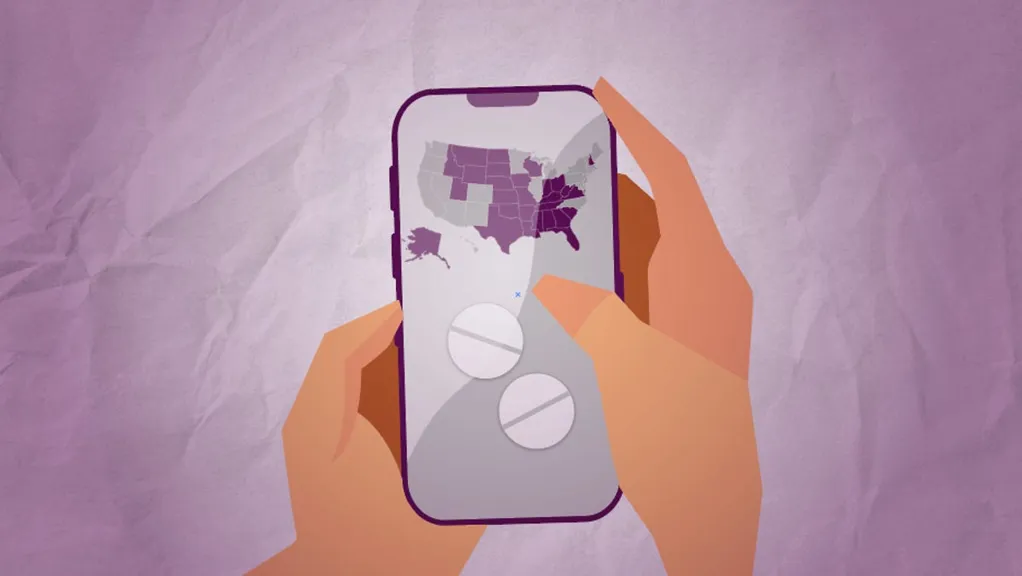The Dobbs decision on June 24, 2022, upheld Mississippi's ban on abortion after 15 weeks. Since then, states have enacted a range of laws from near-total abortion bans to shield laws protecting patients from other states who travel to get the procedure. As of this year, 12 states have full bans on abortion.
The report was published by #WeCount, a project of the Society of Family Planning. #WeCount is a national reporting effort that tracks abortions in the United States after Roe v. Wade was overturned.
Here's how the total number of abortions has changed since the Dobbs ruling:
The monthly number of abortions increased in 2024 compared with prior years, according to the #WeCount report. When looking at monthly abortions in 2024, the total was higher than monthly abortions in 2023 and 2022.
"The #WeCount findings make clear that abortion bans haven't stopped people from seeking care," Alison Norris, #WeCount's co-chair, said in a statement.
"As care shifts across state lines and into telehealth care, what's emerging is a deeply fragmented system where access depends on where you live, how much money you have, and whether you can overcome barriers to care," Norris said.
Telehealth abortions are on the rise
At the end of 2024, a quarter of all abortions were delivered through telehealth - a significant increase compared with the second quarter of 2022, when 5% of abortions were provided through telehealth, according to #WeCount.
Which states have shield laws for abortion care?
Nearly half of all telehealth abortions provided in 2024 were in states with shield laws, the report found. According to the UCLA Center for Reproductive Health, Law, and Policy, shield laws provide "legal protections for patients, health care providers, and people assisting in the provision of certain health care in states where that care is legal from the reach of states with civil, criminal, and professional consequences related to that care."
At least 22 states and the District of Columbia have shield laws for reproductive care. California, Colorado, Maine, Massachusetts, New York, Rhode Island, Vermont and Washington protect clinicians no matter where the patient is at the time reproductive care is provided, KFF reported.
According to #WeCount, an average of 12,330 abortions a month were provided under shield laws at the end of 2024.
Expanded protections for clinicians along with access to medication abortion have allowed patients to receive care outside states with full abortion bans. In 2023, medication abortion made up two-thirds of all abortions, the Guttmacher Institute found.
The most common medication abortion regimen in the United States involves two medications: mifepristone and misoprostol. The two-drug regimen can be used up to the first 10 weeks of pregnancy, according to the FDA.
Which states outlaw abortion medication?
Of the states where abortion is still legal, 12 have at least one restriction that requires one or more visits to the clinic, effectively banning telehealth for medication abortion.
Twenty-six states and the District of Columbia have no restrictions around abortion medication and do not require telehealth appointments to be prescribed the pills.
